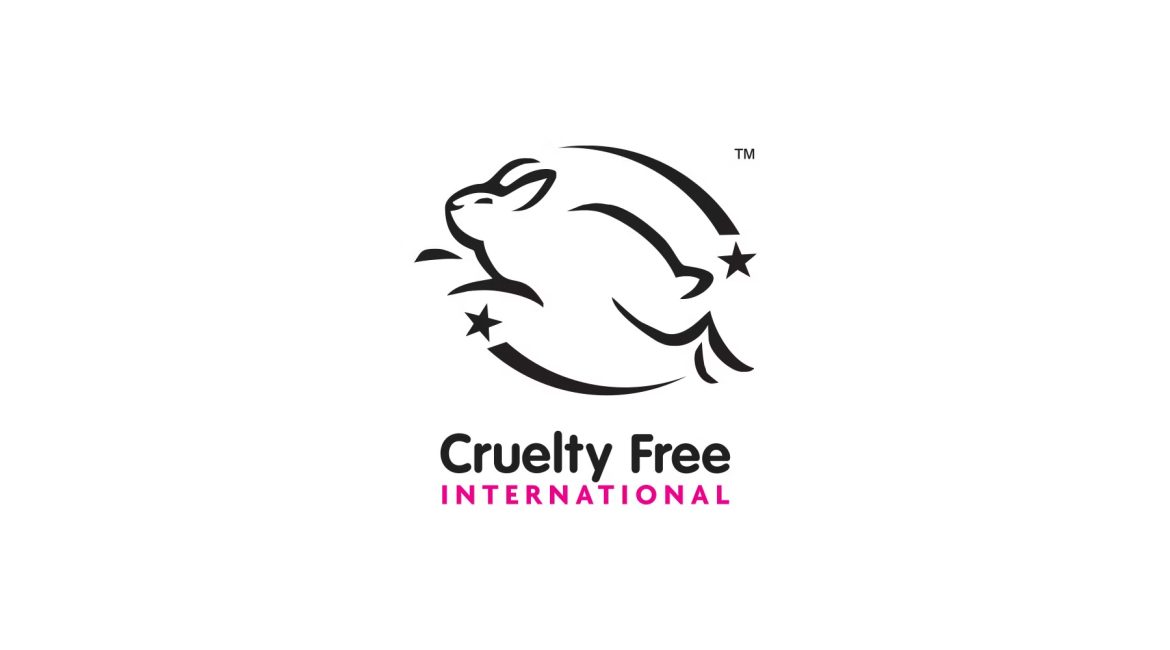As conscious consumerism grows, more people are choosing cruelty-free skincare and beauty products. But with confusing labels, hidden parent companies, and misleading claims, it’s not always easy to know which brands truly don’t test on animals.
This guide breaks down what cruelty-free really means, how to recognize it, and which brands you can trust.
What does cruelty-free mean?
A cruelty-free product is one that was not tested on animals at any stage of product development. This includes both:
- the final product
- all raw ingredients and formulations
Cruelty-free does not automatically mean vegan (i.e., free of animal-derived ingredients like beeswax, lanolin, or carmine), though many brands offer both.
Cruelty-free certifications to look for
The most reliable third-party certifications include:
- Leaping Bunny (CCIC) – strict global standard, no animal testing in any part of the supply chain
- PETA’s Beauty Without Bunnies – a large list, but less strict on ingredient suppliers
- Choose Cruelty Free (CCF) – Australian certification, also strict
These logos indicate that the product and its ingredients were not tested on animals.
List of trusted cruelty-free skincare & beauty brands (2025)
Fully cruelty-free & independent:
- The Ordinary
- Paula’s Choice
- Youth To The People
- Biossance
- Herbivore Botanicals
- REN Skincare
- Isle of Paradise (self-tanning)
Affordable options:
- e.l.f. Cosmetics
- Pacifica
- The Inkey List
- Cocokind
- Revolution Beauty
Luxury cruelty-free brands:
- Hourglass
- Charlotte Tilbury
- IT Cosmetics (cruelty-free despite L’Oréal ownership – verify regionally)
- RMS Beauty
- Chantecaille
European brands to explore:
- Nø Cosmetics (Germany)
- Typology (France)
- Facetheory (UK)
- Mádara (Latvia)
Brands that are
not
cruelty-free (2025)
These companies still test on animals (often due to regulatory requirements in countries like China):
- L’Oréal (incl. Garnier, Maybelline)
- Estée Lauder (incl. MAC, Clinique, Bobbi Brown)
- Shiseido
- Olay
- NARS
- Revlon
Always check the latest data — some sub-brands change policies over time.
Hidden non-cruelty-free risks
- Parent companies: Some cruelty-free brands are owned by companies that do test. Decide how strict you want to be.
- Regulatory testing: If a brand sells in mainland China physically, post-market animal testing may occur.
- Misleading terms: “Not tested on animals” can be printed even if suppliers test ingredients. Look for certification.
How to shop cruelty-free in 2025
- Check for Leaping Bunny or PETA logo
- Use apps like Cruelty-Cutter, Bunny Free, or Yuka
- Research ownership — if the parent company matters to you
- Prioritize independent brands
- Look for vegan versions if you want to avoid animal-derived ingredients too
Related searches
- cruelty-free skincare brands EU
- is The Ordinary cruelty-free
- cruelty-free vs vegan cosmetics
- best cruelty-free makeup 2025
- how to spot fake cruelty-free labels
FAQ
Is cruelty-free the same as vegan?
No. Cruelty-free means no animal testing, while vegan means no animal-derived ingredients. A product can be one without the other.
What’s the most trusted cruelty-free logo?
The Leaping Bunny logo is considered the gold standard. It requires full supply chain verification.
Do cruelty-free brands work as well as conventional ones?
Yes. Many top-performing skincare lines are cruelty-free. Brands like Paula’s Choice, The Ordinary, and Youth To The People offer results-backed products.
What if a product says “cruelty-free” but isn’t certified?
It’s not illegal to say “cruelty-free” without proof. Look for third-party certification to be sure.




